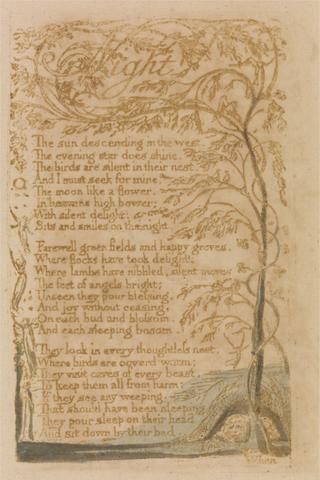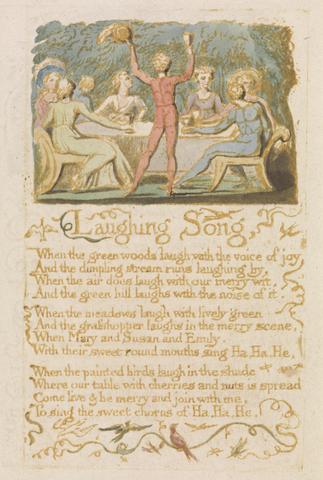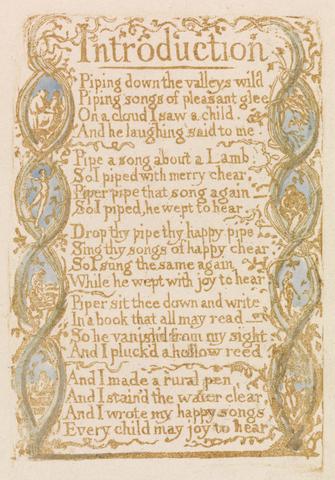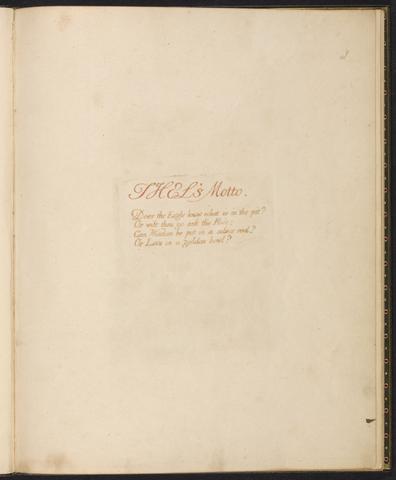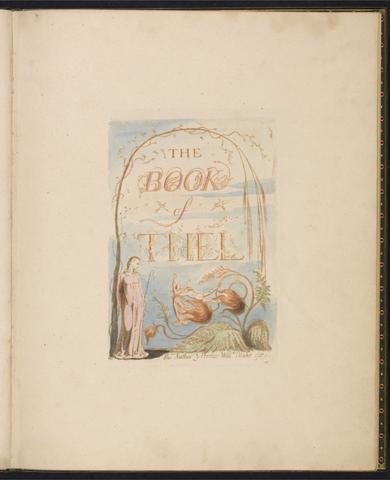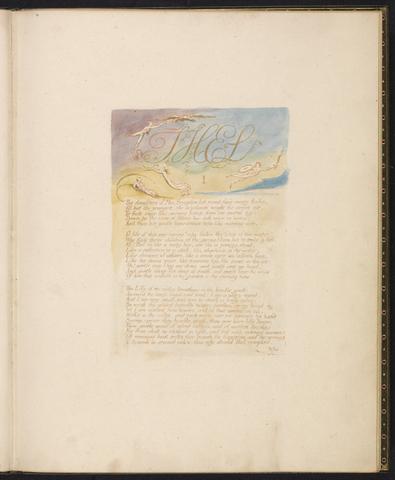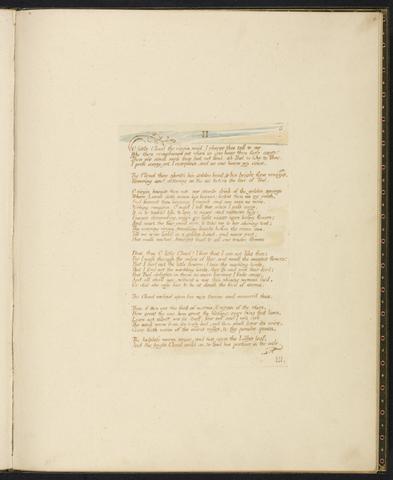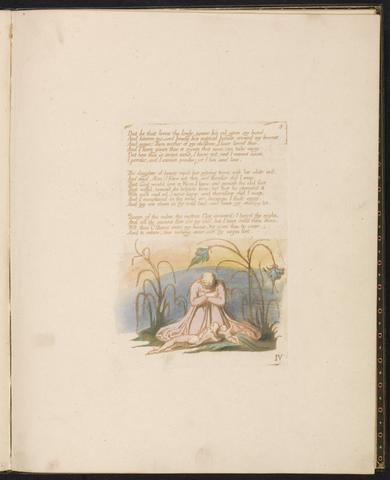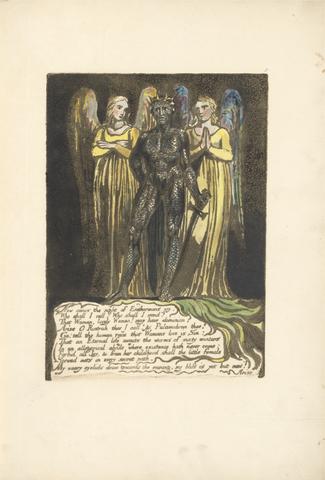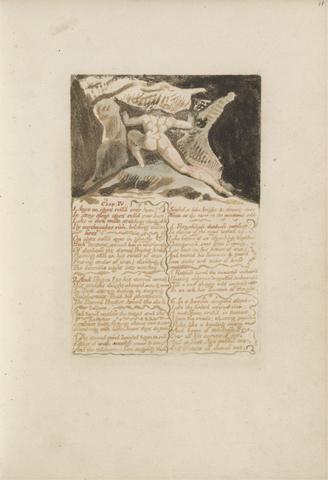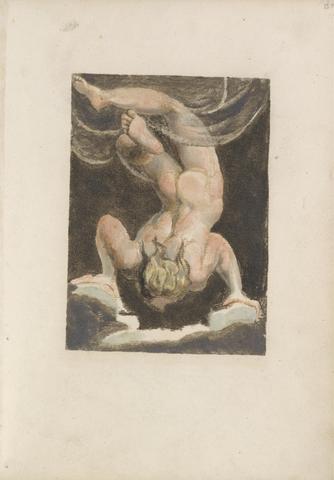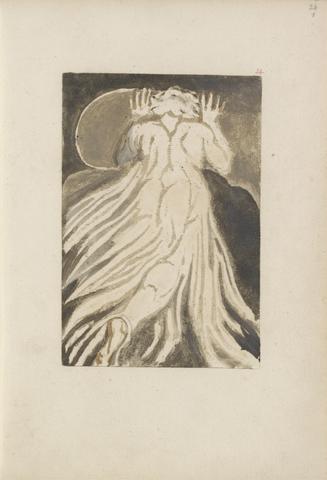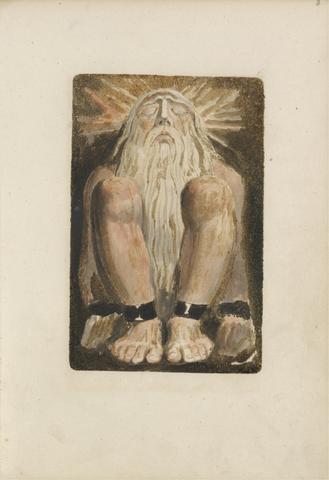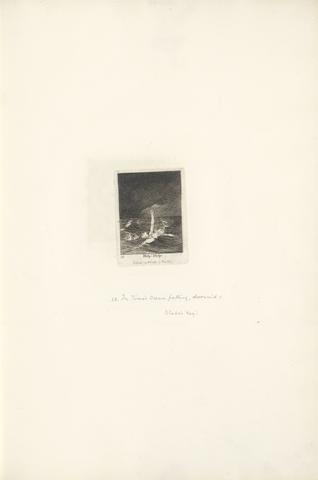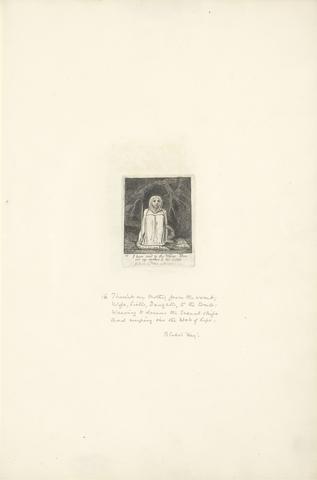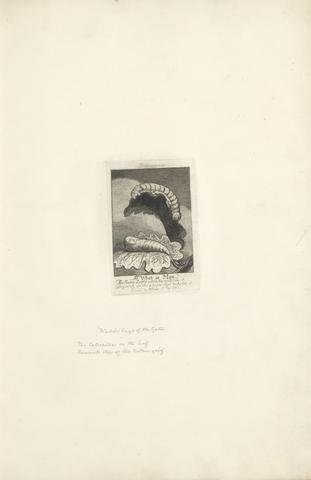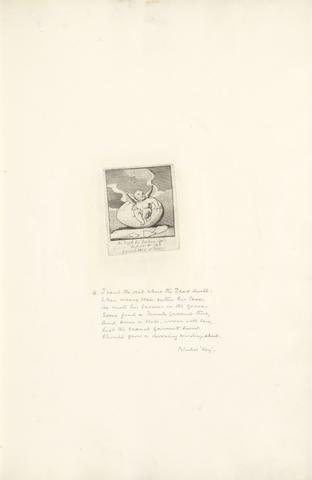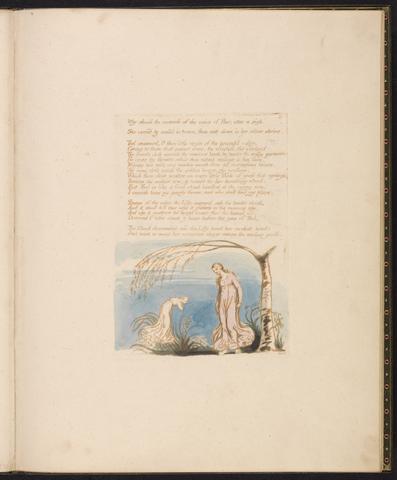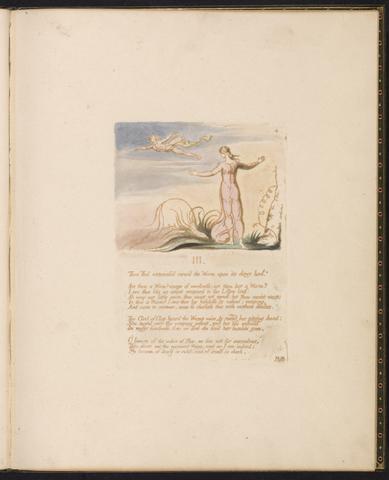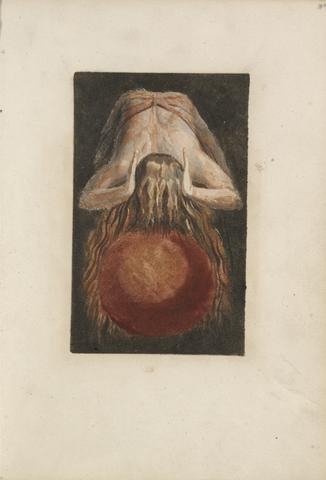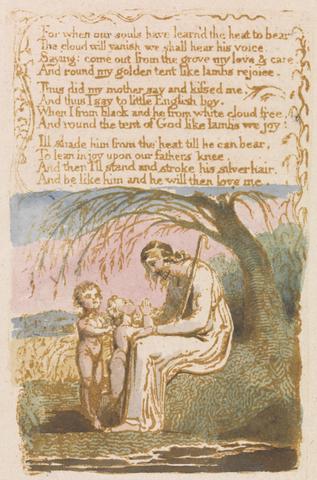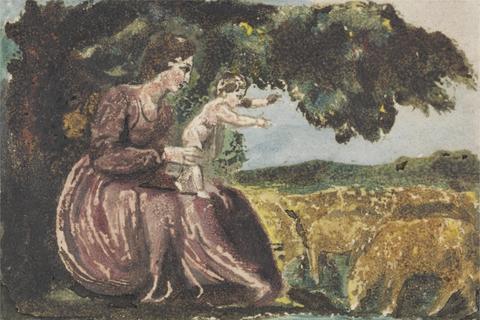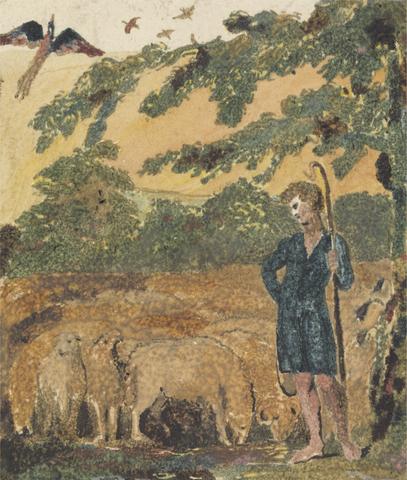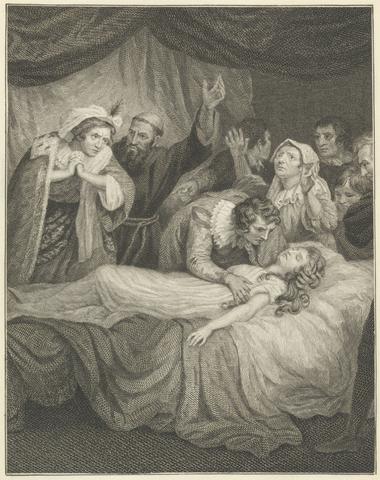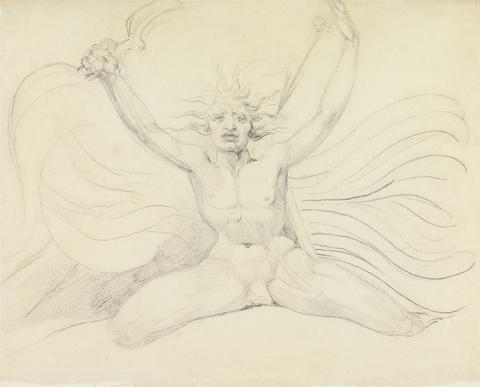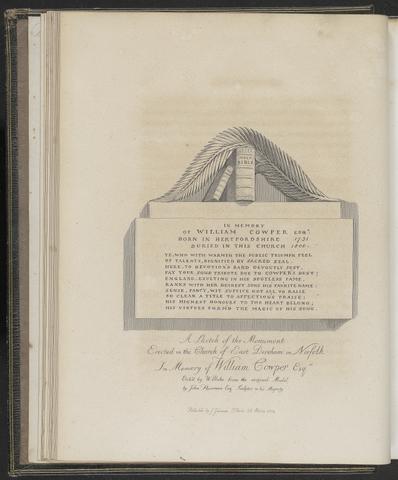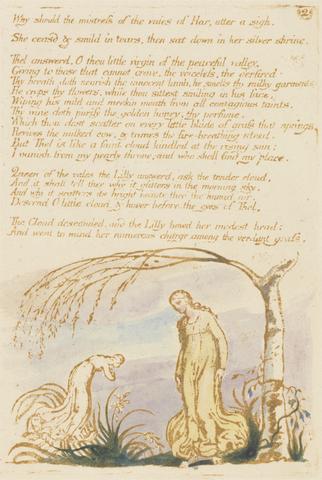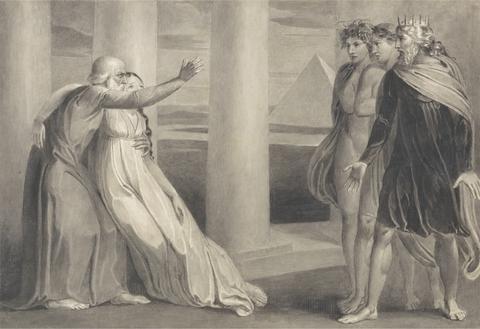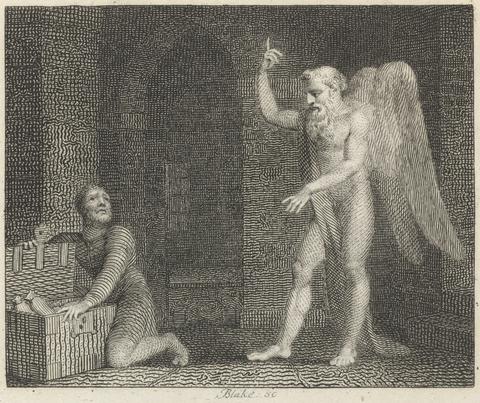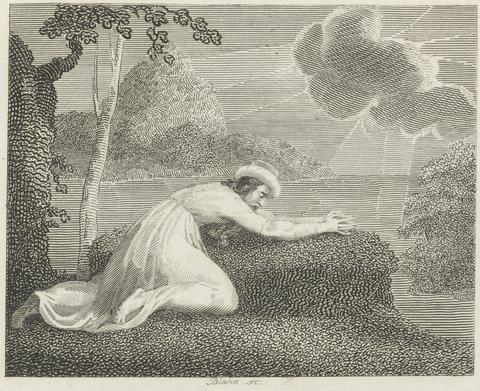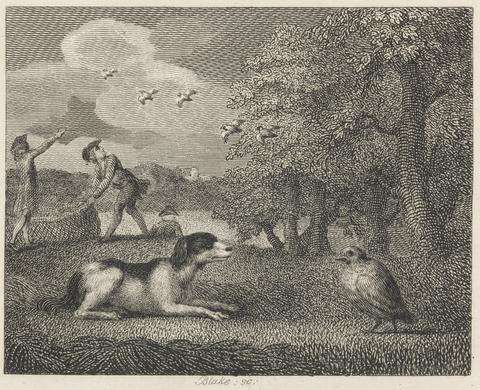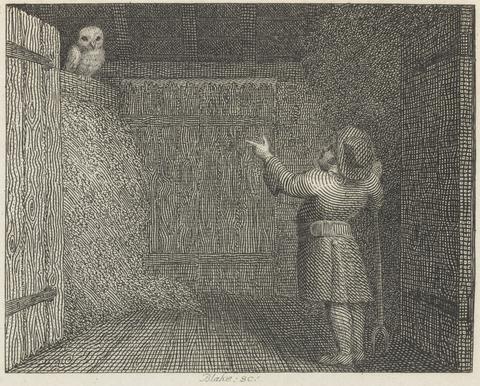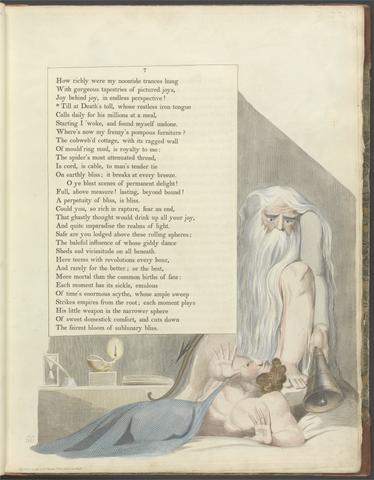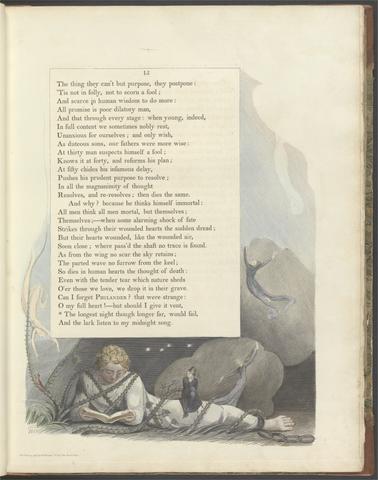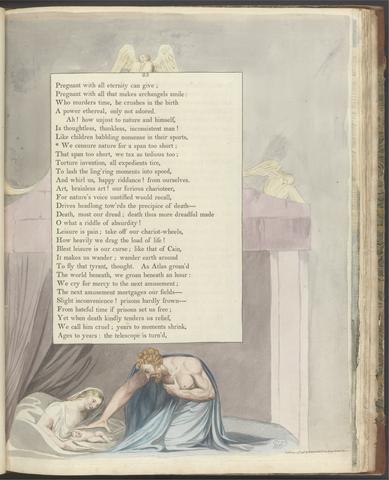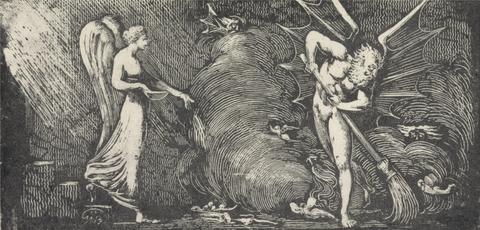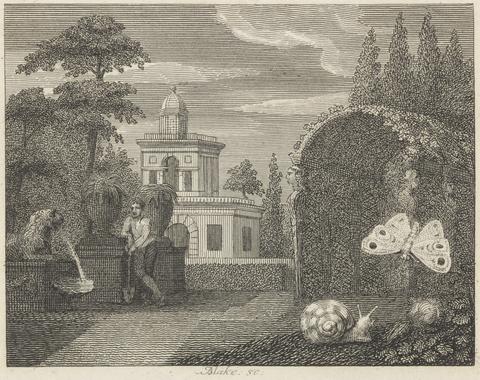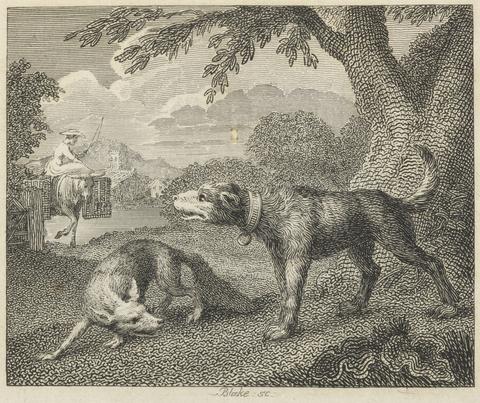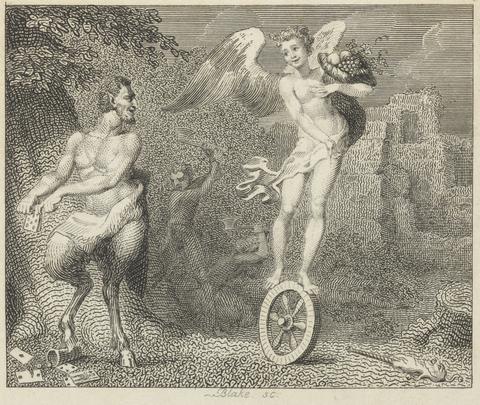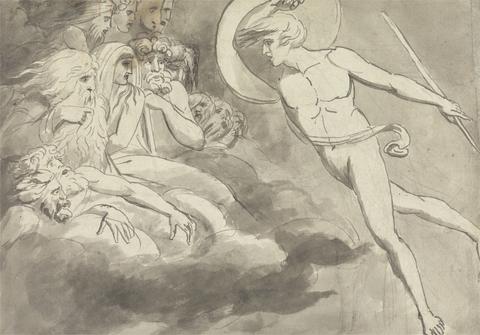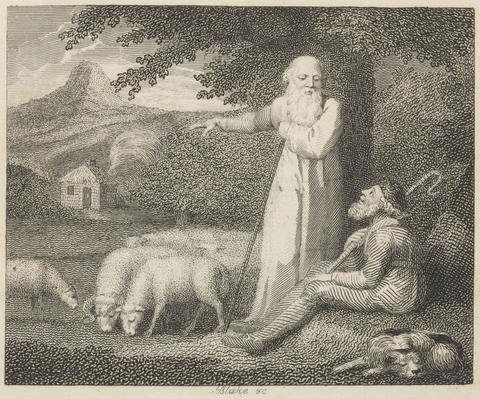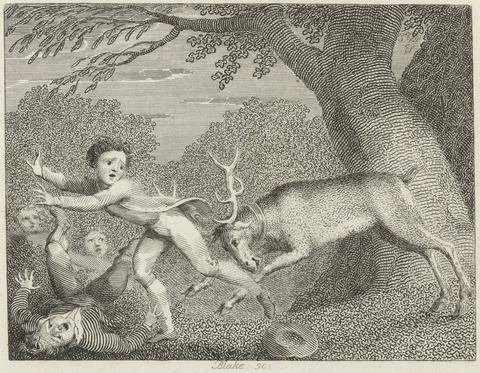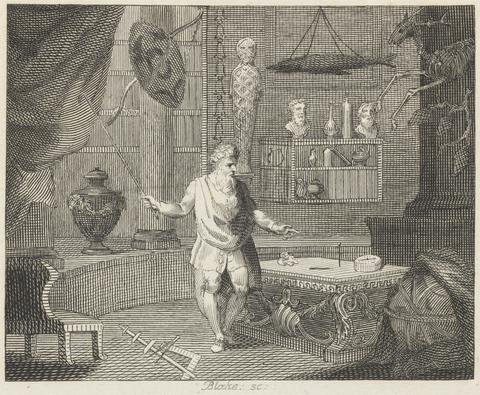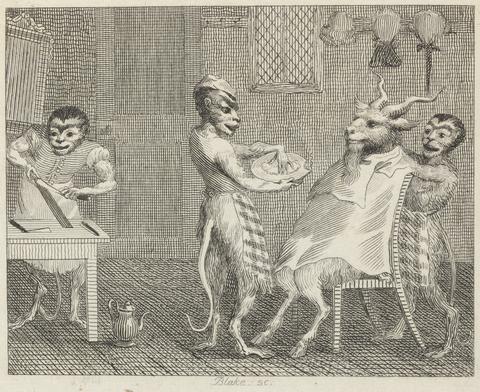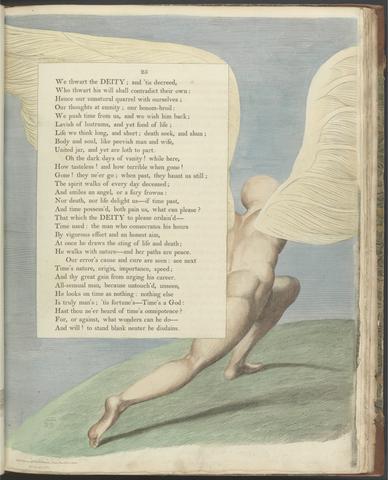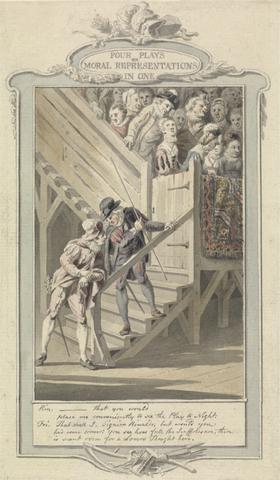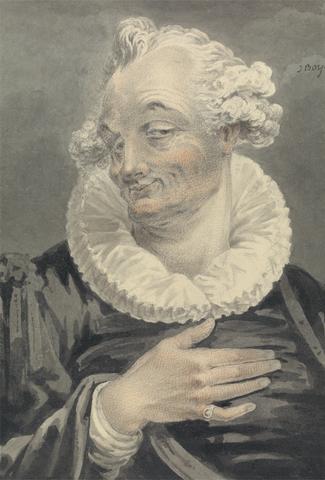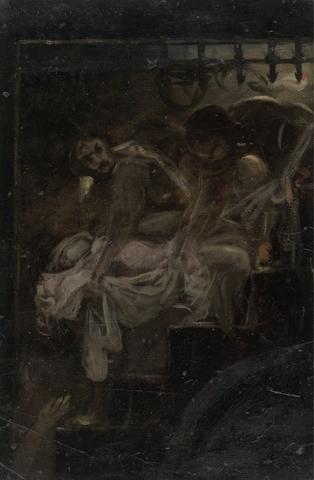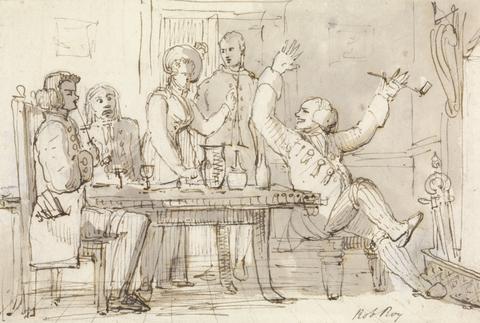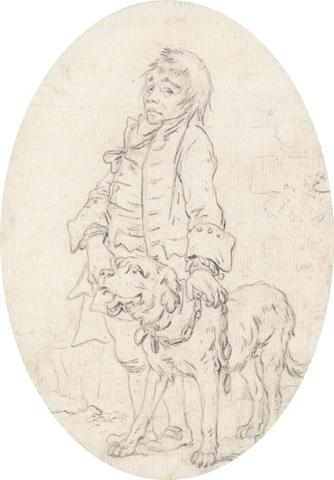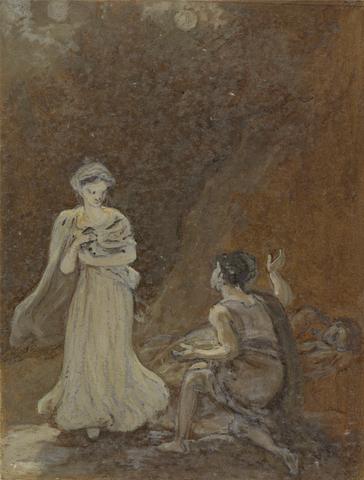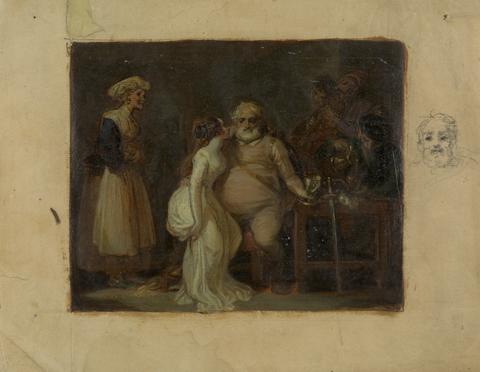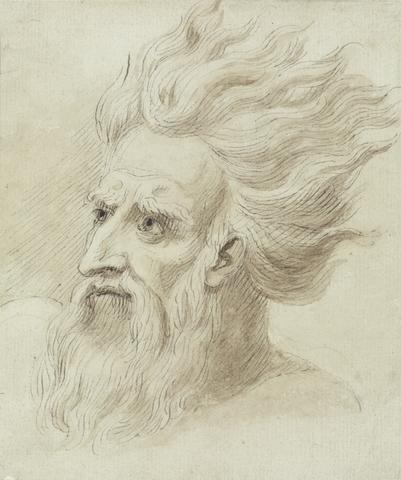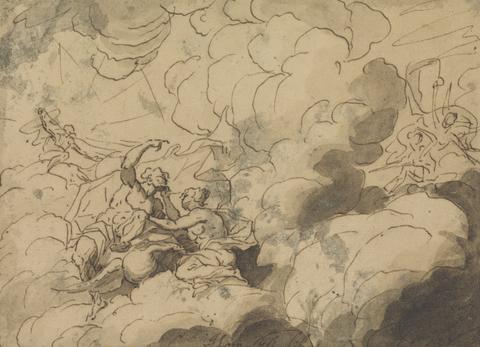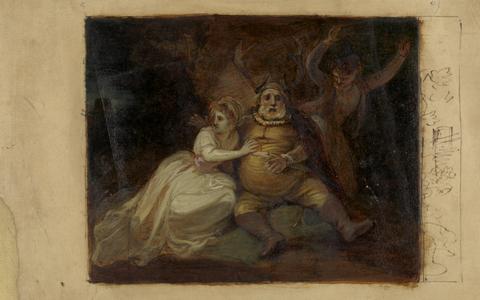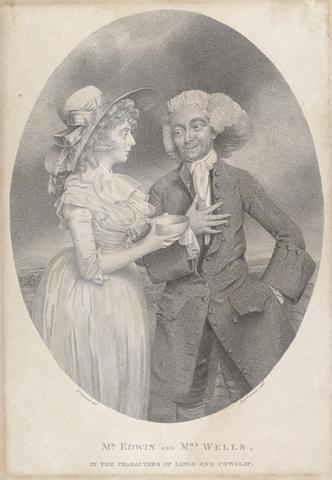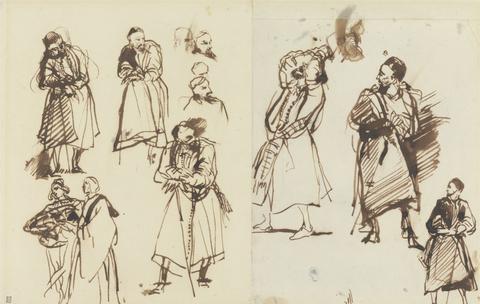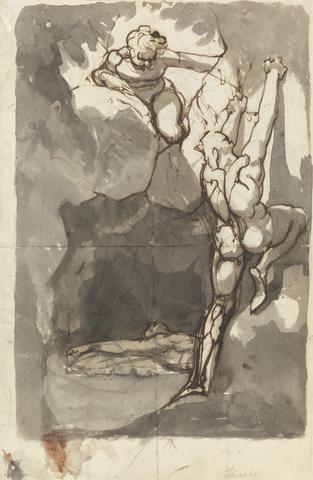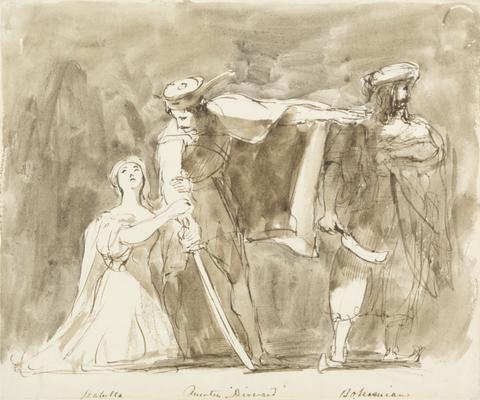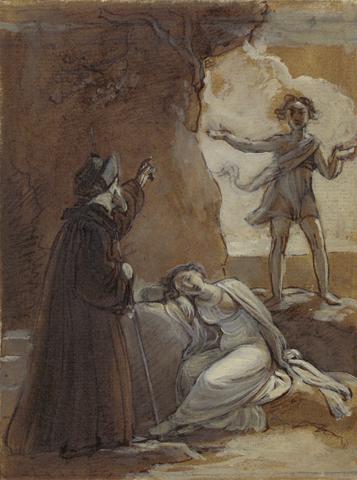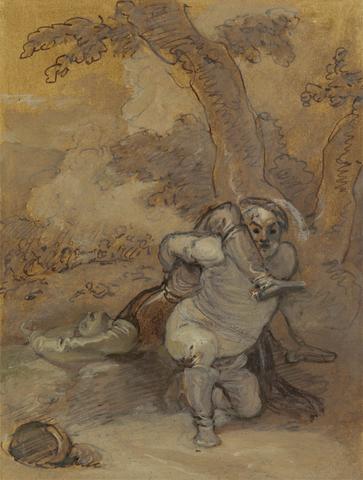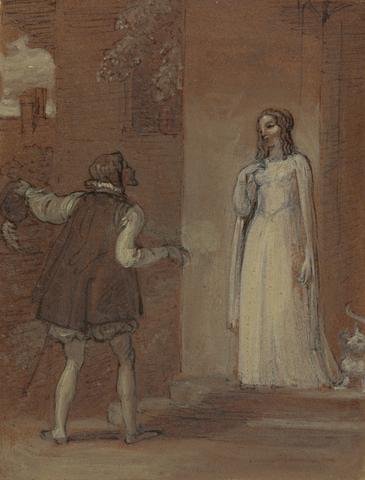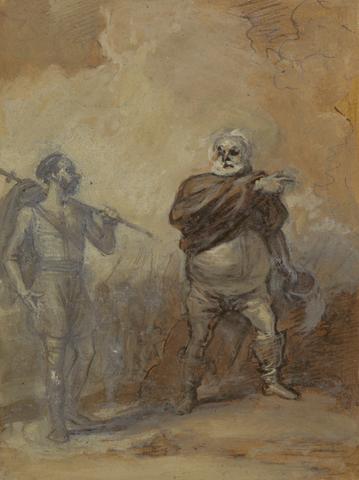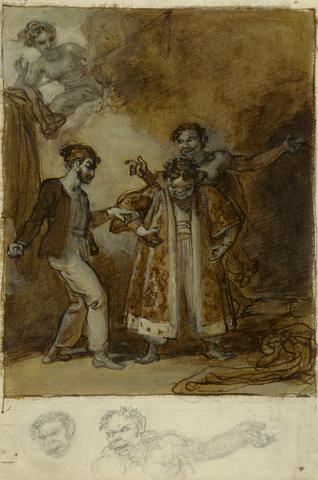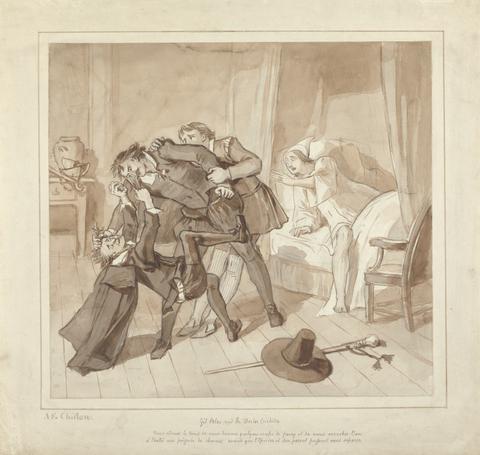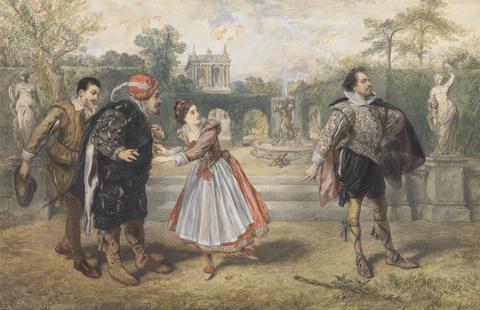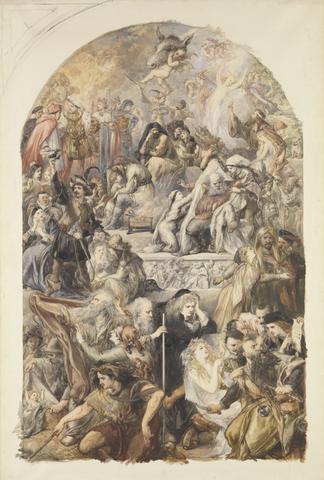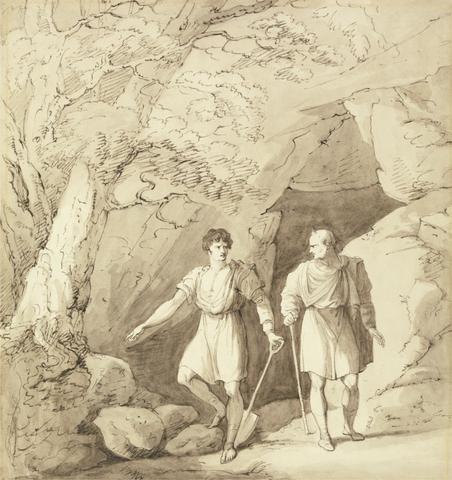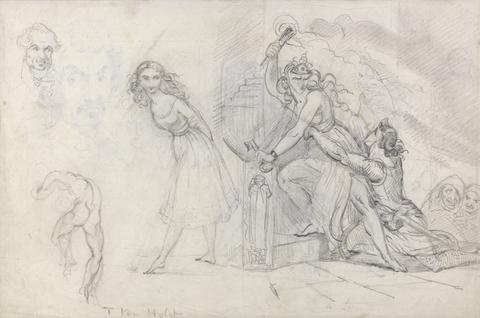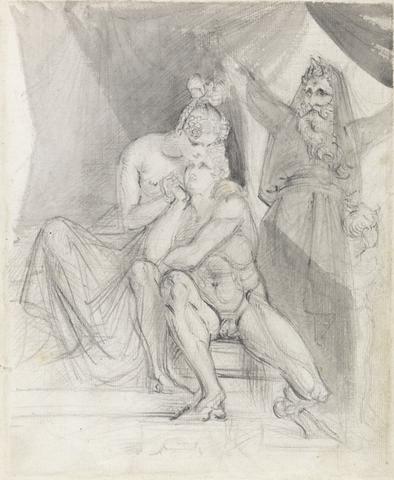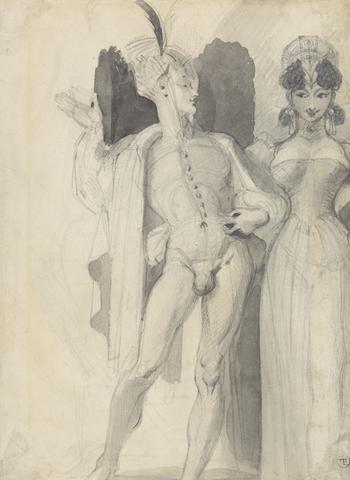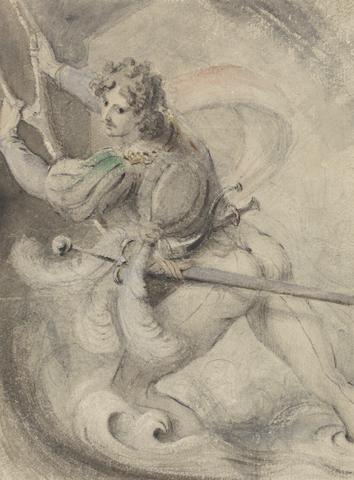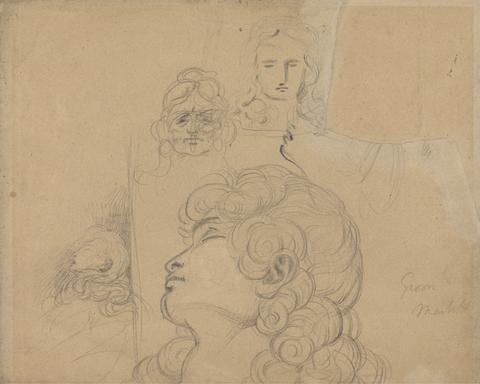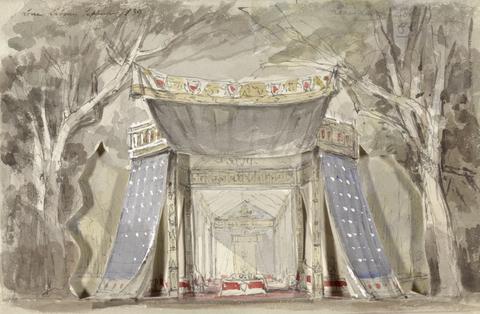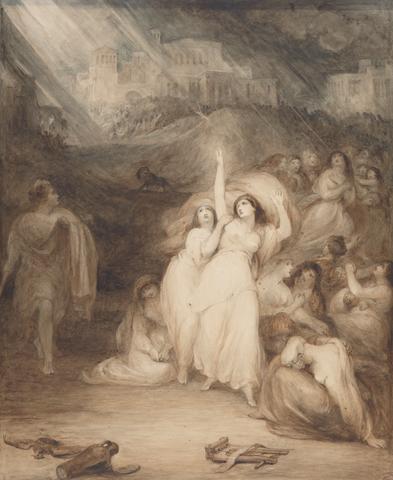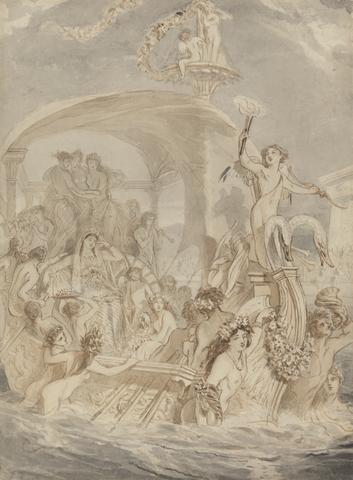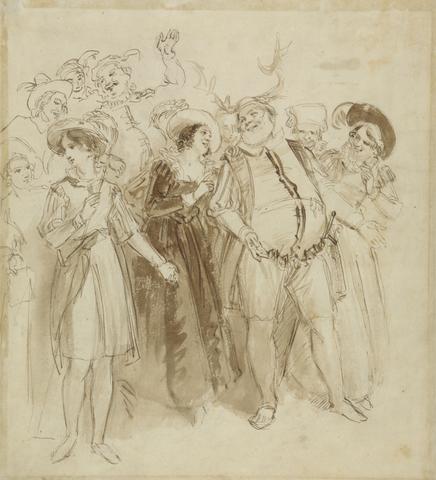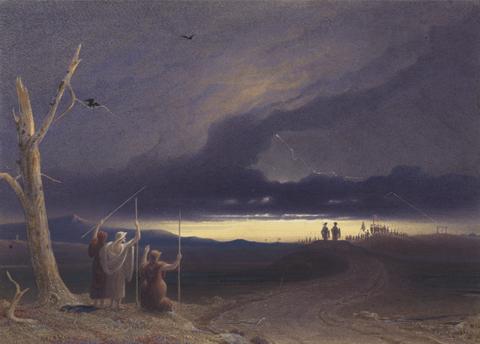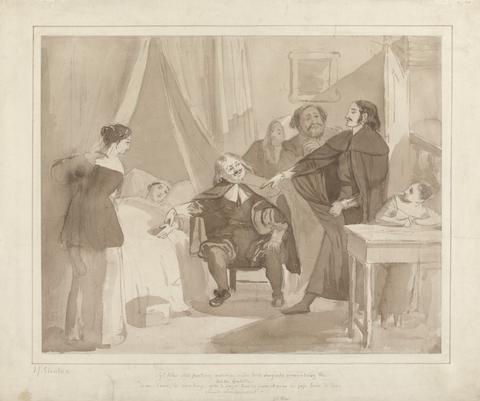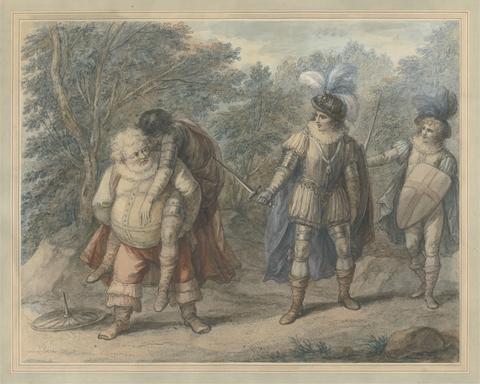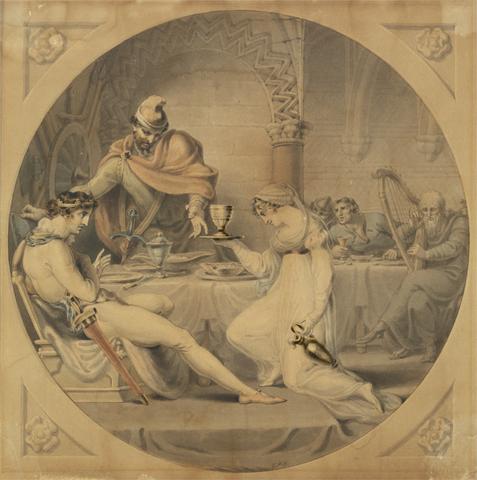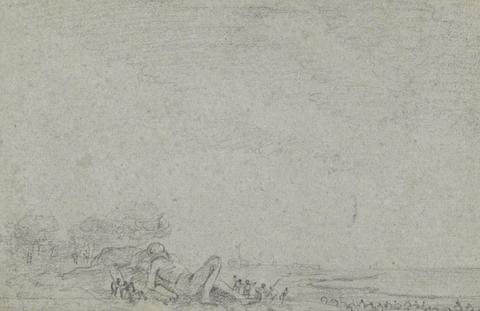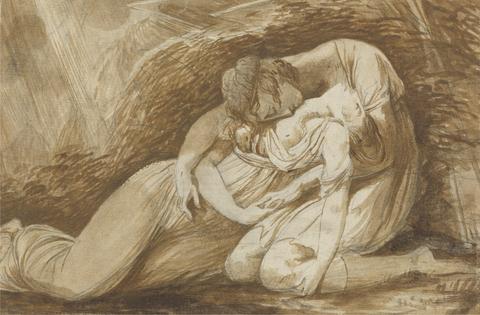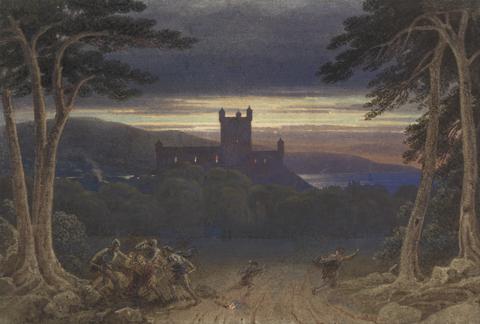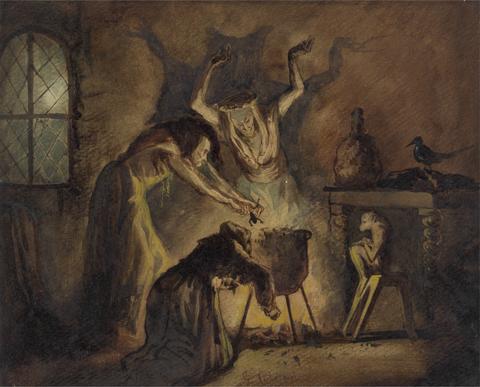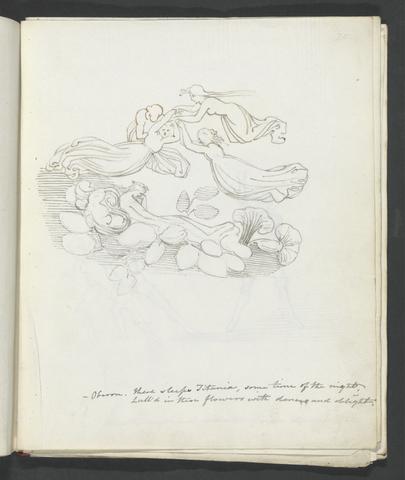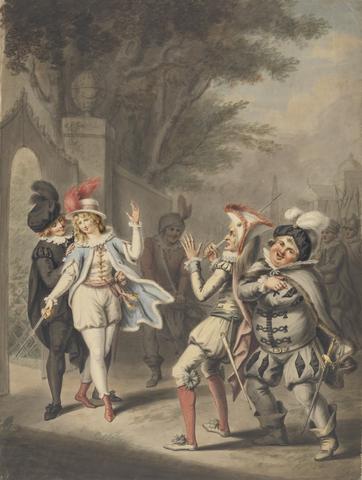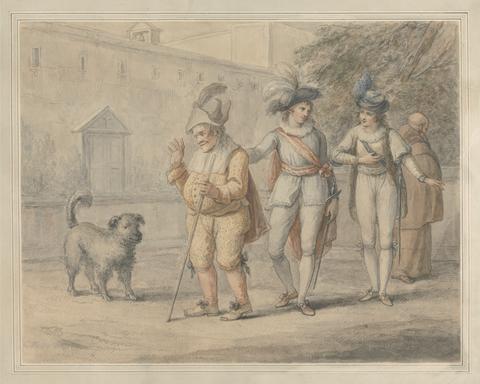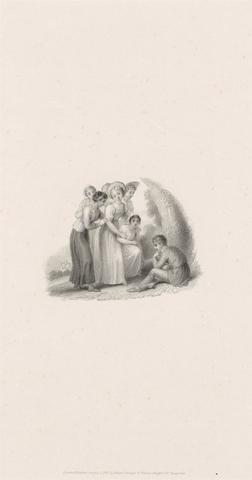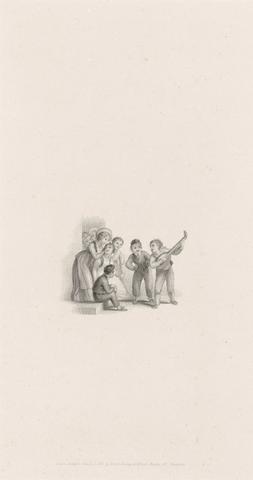YCBA Collections Search
Refine your search
- Turner, J. M. W. (Joseph Mallord William), 1775–1851489
- Blake, William, 1757–1827482
- Goodall, Edward, 1795–1870208
- Bartolozzi, Francesco, 1727–1815122
- Romney, George, 1734–180294
- Miller, William, 1796–188281
- Edwards, Richard, active 1796–179779
- Young, Edward, 1683–176579
- Gay, John, 1685–173272
- Stockdale, John, ca. 1749–181471
- Unknown artist71
- Smirke, Robert, 1752–184565
- Reynolds, Joshua, Sir, 1723–179260
- Stothard, Thomas, 1755–183459
- Gray, Thomas, 1716–177158
- Schiavonetti, Luigi, 1765–181052
- Blair, Robert, 1699–174651
- Finden, W. (William), 1787–185231
- Wootton, John, approximately 1682–176429
- Cruikshank, George, 1792–187827
- more Creator »
- Available1,862
- Unavailable180
- Rogers's Poems153
- Scott's Poetical Works114
- Jerusalem: The Emanation of The Giant Albion, Copy E100
- Young's Night Thoughts79
- Gay's Fables72
- Iconographie Anglaise par Reynolds et Autres72
- Campbell's Poetical Works71
- The Poems of Thomas Gray58
- Fables by John Gay, Vol. I54
- The Grave, A Poem, by Robert Blair51
- Smirke [Shakespeare] Album31
- The First Book of Urizen, Copy A28
- The First Book of Urizen, Copy C26
- Paradise Lost Sketchbook24
- Scott's Prose Works23
- The Life, and Posthumous Writings, of William Cowper23
- Fifty-six Engravings Illustrative of Italy: A Poem21
- For the Sexes: The Gates of Paradise, Copy G20
- Dr. Broadley's Poems18
- Fables by John Gay, Vol. II18
- more Collective Title »
- wove paper1,193
- line engraving771
- etching (printing process)546
- watercolor425
- laid paper378
- graphite286
- black ink244
- relief etching213
- stipple engraving207
- mezzotint167
- brown ink120
- chine collé108
- oil paint92
- pen78
- color printing73
- gouache70
- brown wash62
- painting (technique)61
- gray wash49
- canvas39
- more Materials & Techniques »
Current results range from 0 to 241
- Unknown 280
Current results range from 0 to 221
- Unknown 283
- literary theme[remove]2,042
- religious and mythological subject502
- landscape336
- portrait179
- architectural subject157
- figure study118
- animal art109
- marine art91
- historical subject69
- genre subject68
- military art52
- cityscape40
- sporting art18
- abstract art1
- literary theme1,083
- men421
- religious and mythological subject411
- text334
- women296
- man177
- nudes168
- woman156
- trees153
- plays by William Shakespeare150
- portrait137
- children107
- costume106
- vines97
- clouds89
- figure study87
- river87
- fire80
- landscape79
- flames78
- more Subject Terms »
- Shakespeare, William (1564–1616), playwright and poet336
- Garrick, David (1717–1779), actor and playwright26
- Sir John Falstaff24
- Jack Sheppard17
- Juliet (character in Romeo and Juliet)13
- Macbeth (character in The Tragedy of Macbeth)13
- Cordelia (character in King Lear)12
- Miranda (character in The Tempest)11
- Othello (character in Othello, the Moor of Venice)10
- Prospero (character in The Tempest)10
- The Three Witches (characters in Macbeth)10
- Banquo (character in Macbeth)9
- Hamlet, Prince of Denmark9
- King Lear (character in King Lear)9
- Lady Macbeth (character in Macbeth)9
- Pan (god)9
- Syrinx, nymph and follower of Artemis9
- Malvolio (character in Twelfth Night)8
- Ophelia (character in Hamlet)8
- Ariel (character in The Tempest)7
- more Associated People »
- The Human Form Divine - William Blake from the Paul Mellon Collection (Yale Center for British Art, 1997-04-02 - 1997-07-06)181
- William Blake (Tate Britain, 2000-11-02 - 2001-02-04)152
- Shakespeare and British Art (Yale Center for British Art, 1981-04-23 - 1981-07-05)123
- William Blake - His Art & Times (Art Gallery of Ontario, 1982-12-03 - 1983-02-06)87
- William Blake - His Art & Times (Yale Center for British Art, 1982-09-15 - 1982-11-14)87
- The Romantic Print in the Age of Revolutions: Hero, Hero-Worship, and the Heroic in History (Yale Center for British Art, 2003-01-23 - 2003-06-01)84
- The Critique of Reason : Romantic Art, 1760–1860 (Yale University Art Gallery, 2015-03-06 - 2015-07-26)29
- Translations - Turner and Printmaking (Yale Center for British Art, 1993-09-29 - 1993-12-05)18
- Shakespeare on Canvas (Yale Center for British Art, 2012-01-02 - 2012-06-30)16
- Painters and Engraving - The Reproductive Print from Hogarth to Wilkie (Yale Center for British Art, 1980-03-26 - 1980-06-22)14
- William Blake - The Artist (Tate Britain, 2019-09-11 - 2020-02-20)13
- Paul Mellon's Legacy : A Passion for British Art (Yale Center for British Art, 2007-04-18 - 2007-07-29)12
- A Decade of Gifts and Acquisitions (Yale Center for British Art, 2017-06-01 - 2017-08-13)11
- Shakespeare in Western Art (Isetan Museum of Art, 1992-10-29 - 1992-11-24)11
- Shakespeare in Western Art (Kintetsu Museum of Art, 1993-01-09 - 1993-02-02)11
- Shakespeare in Western Art (Museum of Modern Art, Ibaraki, 1992-11-28 - 1992-12-23)11
- Shakespeare in Western Art (Takamatsu City Museum of Art, 1993-01-09 - 1993-02-08)11
- William Blake: Visionary (The J. Paul Getty Museum, 2023-10-17 - 2024-01-14)11
- The Creative Printmaker (Joseph and Margaret Muscarelle Museum of Art, 1986-03-05 - 1986-04-20)10
- The Creative Printmaker (Yale Center for British Art, 1985-07-09 - 1985-09-01)10
- more Exhibition History »
- Yale Center for British Art, Paul Mellon Collection1,448
- Yale Center for British Art, Paul Mellon Fund258
- Yale Center for British Art, Gift of Kenneth D. Rapoport, MD72
- Yale Center for British Art, Yale Art Gallery Collection, Gift of Mr. and Mrs. J. Richardson Dilworth, B.A. 193841
- Yale Center for British Art, Yale University Art Gallery Collection, University Purchase, Everett V. Meeks, Yale BA 1901, Fund25
- Yale Center for British Art, Gift of Janet and James Sale, Yale BA 196023
- Yale Center for British Art, Yale University Art Gallery Collection19
- Yale Center for British Art, Transfer from the Yale University Library and the Yale University Art Gallery18
- Yale Center for British Art, Yale Art Gallery Collection, Gift of Mr. and Mrs. J. Richardson Dilworth, B.A. 1938, to the Yale University Art Gallery15
- Yale Center for British Art; Yale University Art Gallery Collection; Gift of Dr. Harrison Wood13
- Yale Center for British Art; Yale University Art Gallery Collection12
- Yale Center for British Art, Friends of British Art Fund and Gift of Mr. and Mrs. James Duncan, Yale BA 19758
- Yale Center for British Art, Gift of Daniel Bell7
- Yale Center for British Art, The G. Allen Smith Collection, transfer from the Yale University Art Gallery7
- Yale Center for British Art, Gift of Dr. J. Patrick and Patricia Kennedy6
- Yale Center for British Art, The Walter R. Callender, Yale BA 1894, Memorial Collection, Gift of Ivy Lee Callender, transfer from the Yale University Art Gallery6
- Yale Center for British Art, Yale Art Gallery Collection, Gift of Wilmarth S. Lewis, B.A. 19186
- Yale Center for British Art, Joseph F. McCrindle, Yale LLB 1948, Fund4
- Yale Center for British Art, Yale Art Gallery Collection, Gift of the Library Association4
- Yale Center for British Art, Bequest of Joseph F. McCrindle, Yale LLB 19483
- more Credit Line »
